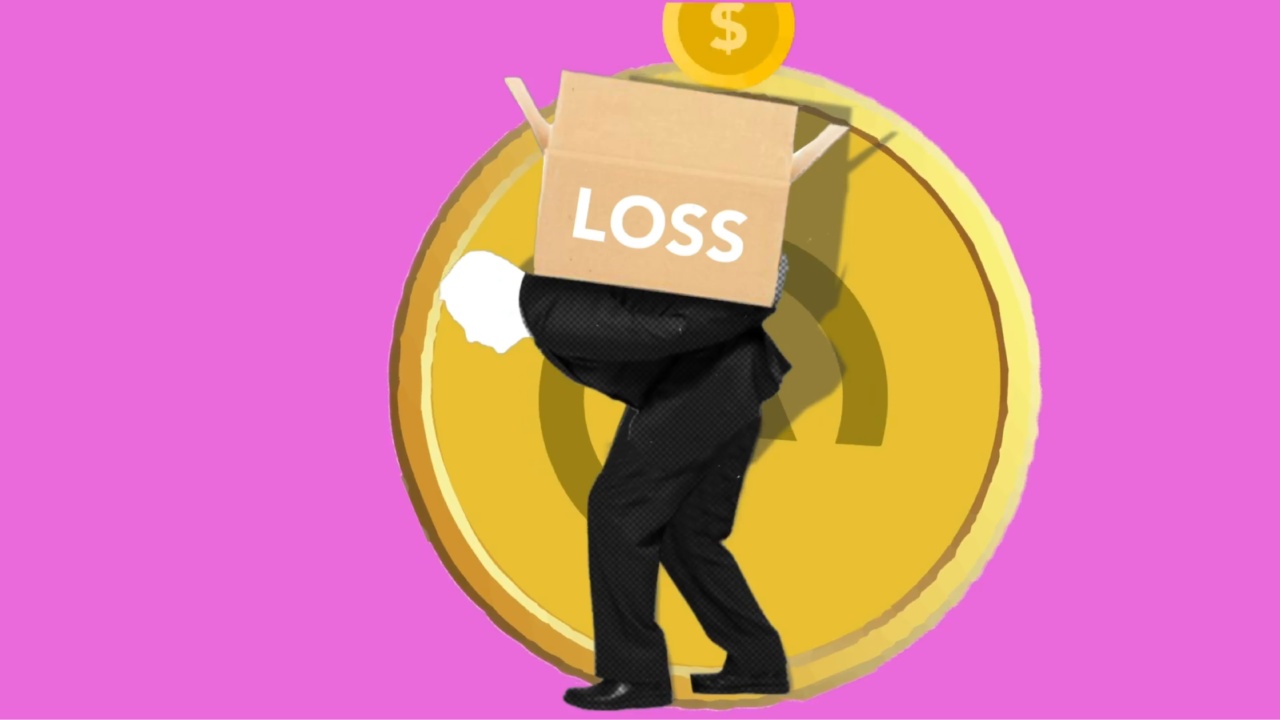Bone loss, also known as osteoporosis, is a condition characterized by a decrease in bone density and strength. It occurs when the body loses more bone mass than it can replace.
Osteoporosis is a common health problem, particularly among older adults, and can significantly increase the risk of fractures.
1. Age
As we age, our bones naturally become less dense and weaker. The risk of osteoporosis increases significantly after the age of 50 in both men and women.
Women are particularly at risk due to hormonal changes that occur after menopause, leading to accelerated bone loss.
2. Gender
Women are more prone to developing osteoporosis compared to men. This is because women have smaller, thinner bones to begin with, and the hormonal changes during menopause contribute to a rapid decline in bone density.
3. Family History
If you have a family history of osteoporosis or fractures, you may be at an increased risk. Genetics play a role in determining bone density and susceptibility to bone loss.
4. Hormonal Imbalances
Conditions that affect hormone levels, such as hyperthyroidism, hyperparathyroidism, and low estrogen levels in women, can contribute to bone loss. Hormones play a vital role in maintaining bone health.
5. Nutritional Deficiencies
Inadequate intake of calcium and vitamin D can lead to poor bone health. Calcium is essential for building strong bones, and vitamin D helps with calcium absorption. A diet lacking in these nutrients can increase the risk of osteoporosis.
6. Sedentary Lifestyle
Lack of exercise and a sedentary lifestyle can contribute to bone loss. Weight-bearing exercises, such as walking or resistance training, help stimulate bone growth and strengthen bones.
7. Smoking
Smoking tobacco has been linked to a higher risk of osteoporosis. Smoking reduces blood flow, impairs the body’s ability to absorb calcium, and increases the breakdown of bone tissue.
8. Excessive Alcohol Consumption
Heavy alcohol consumption can interfere with bone-building cells, leading to decreased bone density. Chronic alcohol abuse can impair the body’s ability to absorb calcium and vitamin D.
9. Medications
Long-term use of certain medications, such as glucocorticoids (steroids), anticonvulsants, and certain cancer treatments, can accelerate bone loss and increase the risk of osteoporosis.
10. Medical Conditions
Medical conditions like rheumatoid arthritis, celiac disease, inflammatory bowel disease, and chronic kidney disease can contribute to bone loss.
These conditions may impair the body’s ability to absorb nutrients necessary for bone health or cause chronic inflammation that affects bone strength.






























